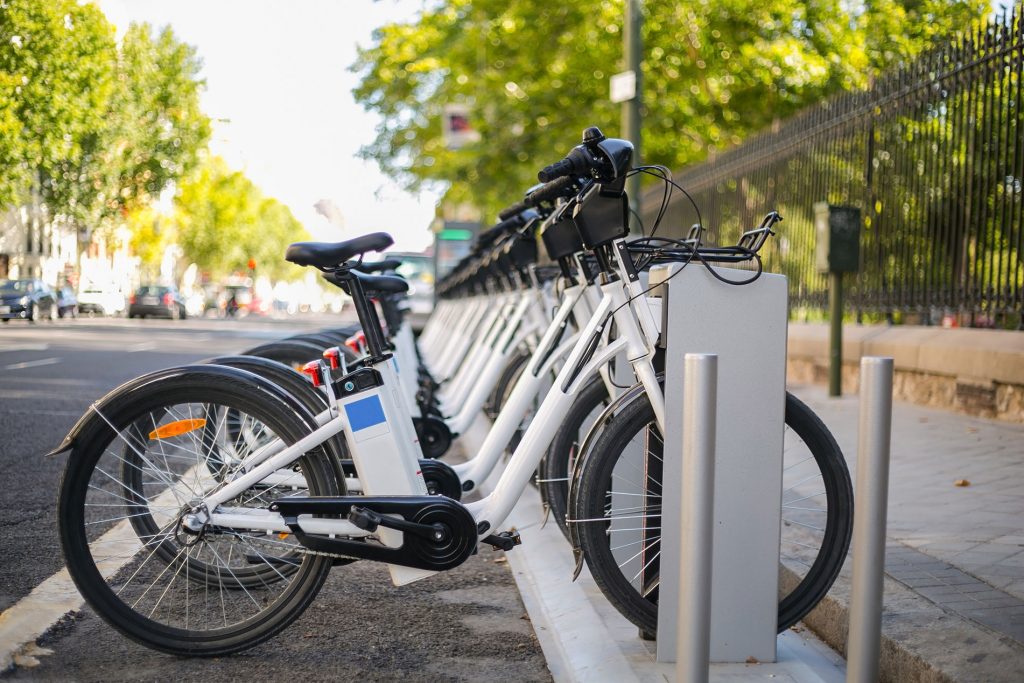London’s ambitious Plan
The capital of Great Britain is the biggest city in Europe and with more than 200,000 people working in London’s technology sector the city has many resources they can use to make London more sustainable, effective and liveable. To meet current and future challenges the Smart London Plan was created. First published by the government on their official website in December 2013, it was updated in March 2016. Its intention is to show how the creative power of data and technology can be used to make the city of London function better and solve real-world problems. The idea behind the plan is to generate data that supports the city and its transport, social, economic and environmental systems. The Smart London Plan encourages Londoners to actively participate in shaping the cityscape of their capital and hence the future of London. Although the Smart London Plan focuses on London, the ideas presented in this plan can serve as inspiration for cities worldwide and help those cities become smarter as well.

Citizens’ Participation, Open Data and Bringing Creative Talents together
In order to achieve these very ambitious goals, city officials have determined seven aims in the Smart London Plan. First of all, they want to actively involve the residents of London in the project. London is experimenting with digital tools including co-design programmes and online citizen engagement in policy development. One example of such citizens’ participation is Talk London’s focus groups. Londoners were asked what they thought should be addressed and how citizens could be part of the solution. One result of these focus groups was an app for visually impaired people. This app navigates the user through London’s underground via audio directions. In a trial the prototype of this app was tested by visually impaired participants at Euston Underground station.
The aim of this trial was to determine if the app could actually be used across the Tube network in London. Besides integrating Londoners, the city also wants to offer access to open data. This data should be used to solve London’s challenges through the Datastore and Data for London, the City Data Strategy. Moreover, the city is building data products and platforms to inform the technology sector about what is possible and what can be done to make London smarter. The tech sector can test growth scenarios for London and its infrastructure and use the results of these tests to find new and innovative solutions. For city officials in London it is not only essential to include citizens but also to involve London’s research, technology, and creative talents in the process. London wants to support smart, connected businesses through their Export Programme, their International Business Programme and many more. By doing so, the city aims at improving the support for London’s SME tech community.
This support also includes networks such as the Smart London District and Infrastructure Innovation Networks that bring together these businesses to work on London’s challenges. Additionally, City Hall is leading an EU-funded network called “Sharing Cities” with the Royal Borough of Greenwich and the cities of Lisbon and Milan, Bordeaux, Burgas and Warsaw. These cities work together to show how innovative uses of technology can make lives for residents better. Some ideas are, for example, using the River Thames to heat homes, testing electric bikes and smart parking bays.

Using Innovative Technology to Improve Living Standards
The Smart London Plan wants to enable London to adapt to and grow with new challenges and make the city even more liveable. The basic idea of governing authorities is to do more with less investment. Suggestions include new and smarter heating possibilities and electricity, waste and water networks that use resources more efficiently. The City Hall also wants to better serve Londoner’s needs by projects such as “Smart London Borough Partnership” which allows more data sharing between London’s boroughs. Besides making it easier for different boroughs to share data, the city also aims at offering a “smarter” experience for all people living in Great Britain’s capital. Digital technology is used to improve the quality of life and is already realized in projects such as in Queen Elizabeth Olympic Park.
As part of the Smart London District Innovation Network, the Queen Elizabeth Olympic Park is an example for more sustainability and better transport in London. The park offers free wifi, every new home built is provided with smart meters to track energy and water consumption and the city is reviewing a range of additional renewable energy opportunities to make the park as sustainable as possible.

